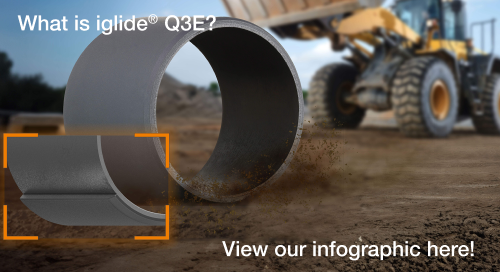Improve your autonomous mobile robots with plastic components
As autonomous mobile robots (AMRs) become a staple in factory and warehouse automation — particularly automated material handling — more time and effort will be spent optimizing their design and finding ways to improve ROI. One of the best ways to do so is to implement high-performance plastic components wherever possible. They offer a wide range of benefits over metal components, including lower initial costs, maintenance-free operation, and resistance to dirt, dust and corrosion.
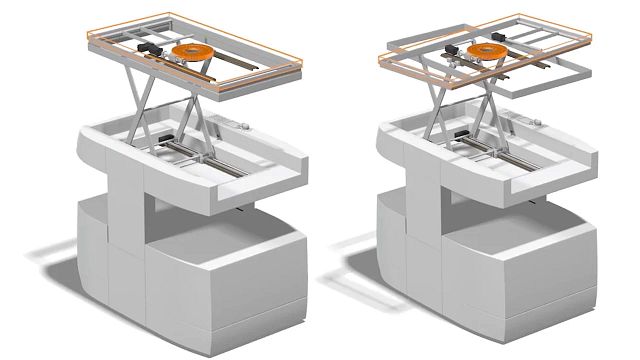
What are autonomous mobile robots?
As the name implies, AMRs are automated robots with the capability of freely moving throughout a workspace and carrying out tasks. AMRs use sensors to detect their surrounding environment; these can be as standard as ultrasound or infrared sensors, or something more complex like stereo vision and LIDAR. Regardless of the sensor system, AMRs don’t need any human guidance or intervention to accurately navigate their surroundings.
AMR vs AGV: What’s the difference?
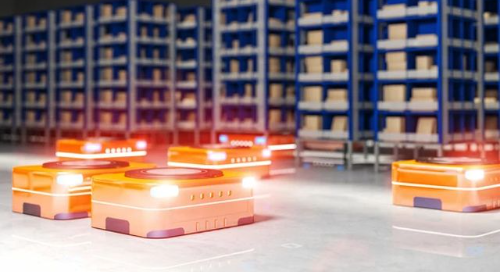
There’s quite a bit of overlap between autonomous mobile robots and automated guided vehicles (AGVs) in terms of functionality and potential applications. However, there’s one key difference that sets the two apart: AGVs can only move along a pre-set path, which can be marked by laser guidance, magnetic tape or wire. AMRs are able to adjust their path independently thanks to AI and vision systems. This makes AGVs better suited for fixed applications, and AMRs ideal for more dynamic applications.
Generally AMRs are also smaller than AGVs and suited for lighter loads, though this isn’t always the case and ultimately will vary based on what an application calls for.
Learn more: AGV vs AMR: which robot is right for your business?
How can plastic components improve AMRs?
Choosing the right components for your AMR is essential to maximizing service life, optimizing performance and reducing costs. In the majority of cases plastic components are a superior alternative to metal, especially within AMRs. Below are a few key reasons why this is the case.
Routine Maintenance
Metal components require regular relubrication in order to ensure reliable performance. If relubrication is done improperly or not at all, components are sure to fail and result not only in costly downtime, but an obstacle other AMRs and workers need to navigate around. This can be especially problematic in tight spaces or high-traffic areas.
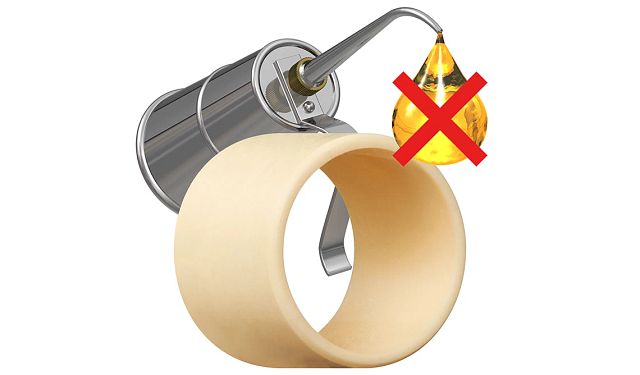 On the other hand, tribologically optimized plastics — such as iglide® bearings, drylin® linear systems or dryspin® lead screw assemblies — eliminate routine maintenance due to solid lubricants embedded in the plastic material. This ensures adequate lubrication over the entire service life of the component, eliminating both the risk of lubrication-related failure and the up-front cost of lubricants.
On the other hand, tribologically optimized plastics — such as iglide® bearings, drylin® linear systems or dryspin® lead screw assemblies — eliminate routine maintenance due to solid lubricants embedded in the plastic material. This ensures adequate lubrication over the entire service life of the component, eliminating both the risk of lubrication-related failure and the up-front cost of lubricants.
Weight Reduction
Since AMRs and AGVs use batteries for power, designs need to take this into account and find ways to reduce battery drain. Switching from metal to plastic is one such way to do so, as plastic components weigh as much as 80% less than metal alternatives, reducing the strain on batteries and extending battery life. This can reduce both frequency and length of charging periods, increasing the percentage of time the AMR spends working instead of charging.
Corrosion Resistance
 It’s not uncommon for warehouses to get hot and humid. In most metal components this is the perfect recipe for severe corrosion to occur. However, this isn’t a concern with corrosion-free plastic components, which can operate with little issue in damp or humid environments.
It’s not uncommon for warehouses to get hot and humid. In most metal components this is the perfect recipe for severe corrosion to occur. However, this isn’t a concern with corrosion-free plastic components, which can operate with little issue in damp or humid environments.
It is important to note that some plastics can absorb moisture and swell, and binding can occur if this isn’t accounted for. Moisture absorption rates vary among different types of polymers, so choosing the proper material is essential.
Predictable Service Life
Unexpected machine downtime is a nightmare regardless of type or application. As mentioned above, this is particularly an issue with AMRs due to their presence throughout the warehouse floor. Therefore, knowing precisely how long a component will last is of major importance — and is possible with the majority of plastic components from igus® through online tools.
igus online tools use the data gathered from millions of test cycles from the igus test lab in Cologne, Germany to accurately predict component service life based on application requirements and chosen material.
Custom Manufacturing
When it comes to custom manufacturing, whether for prototyping or working components, plastic is much more versatile than metal. Numerous plastic materials are available for all types of 3D printing, as well as custom injection molding and machining. While metal can be used in each of these processes, options are much more limited and performance between the two types of material is comparable.
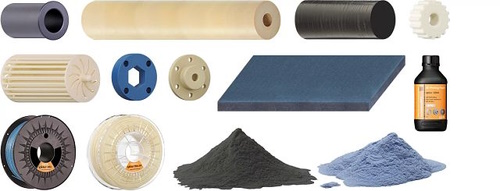
Conclusion
Autonomous mobile robots are going to be at the core of warehouse automation for years to come. By implementing plastic components in AMRs, designers are able to further increase performance and efficiency of their robots, while also saving money. With all that in mind, the decision should be an easy one.
To learn more about igus components used in AMRs and AGVs, visit our webpage. If you have questions about a specific component or how it could be used in a particular application, don’t hesitate to contact an expert.


